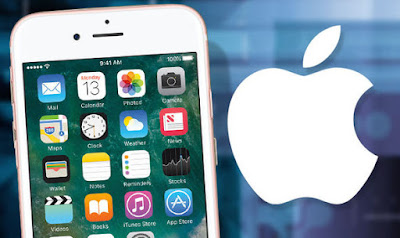As the social media industry grows, we’re seeing a lot of tech companies latch on and develop complimentary products that enhance the core user experience. Many of these tools are fresh and innovative, allowing businesses and users to better enjoy platforms like Facebook, Twitter, and Instagram.
Social media automation tools have immense value. First and foremost, they put the power back into marketers’ hands by ensuring consistency across the board.
“Automation tools give you more control over your social accounts and helps you post more content,” social media expert
Jessica Davis points out. “Depending on the tool you choose to use, you can control the kind of content that is shared, the time at which it is posted, and also the frequency of posting. Plus you can monitor the level of engagement you’re receiving and modify your strategy to get more Likes, Shares or Retweets.”
But perhaps an even bigger benefit of social media automation technology is the timesaving nature of these tools. Instead of spending hours on creating, publishing, and advertising different posts, marketers can focus on more important aspects, such as engaging with users.
When you combine control, consistency, and time saved, it becomes apparent that social media automation tools aren’t going anywhere. In fact, you can expect a healthy influx of tools in the coming months and years.
There’s a lot of innovation happening in the social media automation space, but let’s take a look at some of the latest trends and developments.
1. Follower and Like Boosters
Followers are the lifeblood of social media. In order for a brand to have success, they must be capable of attracting followers and engaging them with the right content. Unfortunately, it can take years for brands to build large enough audiences to enjoy positive returns. Recognizing this pain point, tech companies and programmers have worked tirelessly on tools that automate follower onboarding and increase “likes.”
PeerBoost, an online automation tool for Instagram is one of the leaders in this space. “Our bot software lets you enter activities into the platform and then step away. You can even log off and PeerBoost will still follow through on your actions, whether they be Liking, Commenting or Following other users based on specific hashtags. Furthermore, the intelligent nature of our tool means it knows exactly when you’re about to reach your daily limits, and adjusts accordingly to keep your account within these parameters.”
2. Post Schedulers
Post schedulers are some of the most common social media automation tools. They allow you to schedule posts in advance and set the exact time they will be shared. This lets marketers target specific customers, without having to sit behind a keyboard 24 hours a day.
HootSuite is one of the top options. “If you want to use the same software as Lamborghini, McDonald’s, Sony Music, and Virgin Media, sign up for HootSuite,” marketer Tim Parker suggests. “This app allows you to schedule posts on all of the major social media sites, along with Foursquare and WordPress.” There’s even a free version that lets you manage up to five accounts.”
3. Social Listening
Finally, you need to know about social listening tools. As the name suggests, these are tools that automatically listen for your brand name and certain keywords in social media conversations and then deliver reports based on what’s being said. This is extremely valuable and lets you gauge your brand’s perception in the marketplace.
One of the industry’s best social listening tools is Keyhole. You can use Keyhole to track hashtags, keywords, URLs, specific usernames, and more. Not only does it collect real-time data, but it also provides a historical data analysis.
Social media has evolved from a tool for staying in touch with friends to a powerful business asset that can be leveraged by marketers in a variety of ways. While the industry has been known to pivot with little warning, these are the automation trends that we’re seeing right now.
Look for them to continue evolving in the future.











